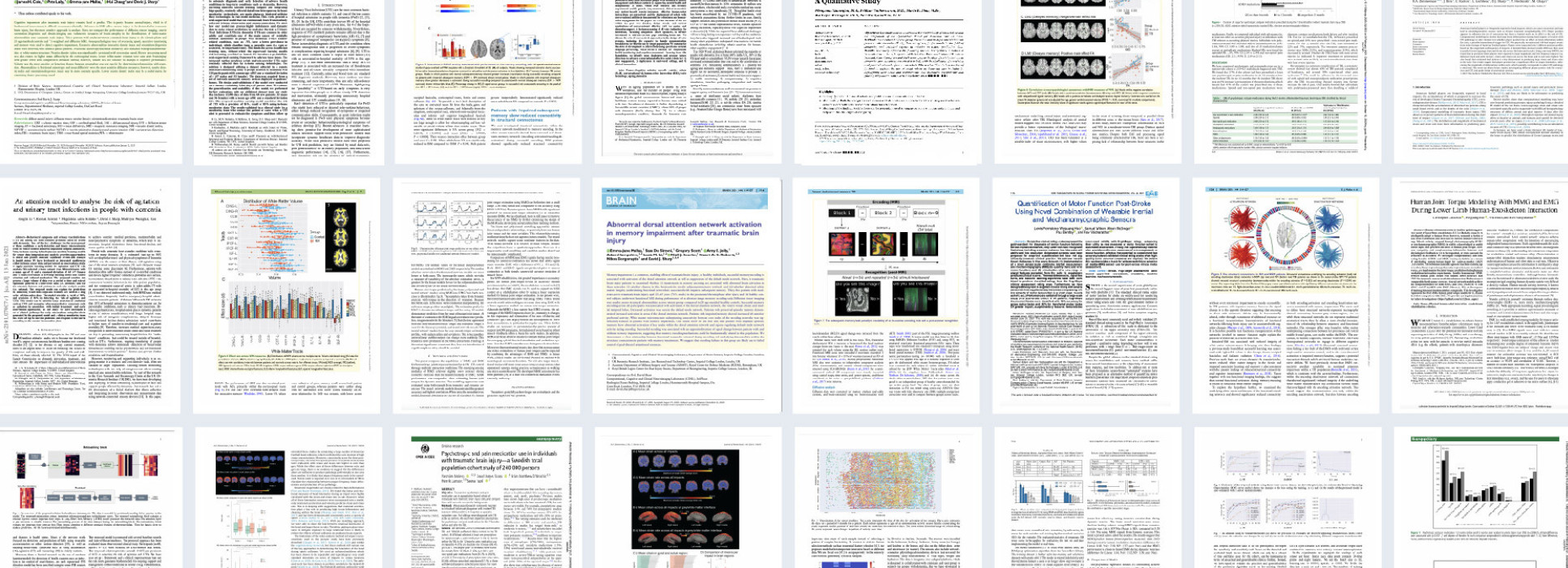BibTex format
@article{Duckworth:2021:10.1002/cnm.3440,
author = {Duckworth, H and Sharp, DJ and Ghajari, M},
doi = {10.1002/cnm.3440},
journal = {International Journal for Numerical Methods in Biomedical Engineering},
title = {Smoothed particle hydrodynamic modelling of the cerebrospinal fluid for brain biomechanics: accuracy and stability},
url = {http://dx.doi.org/10.1002/cnm.3440},
volume = {37},
year = {2021}
}




